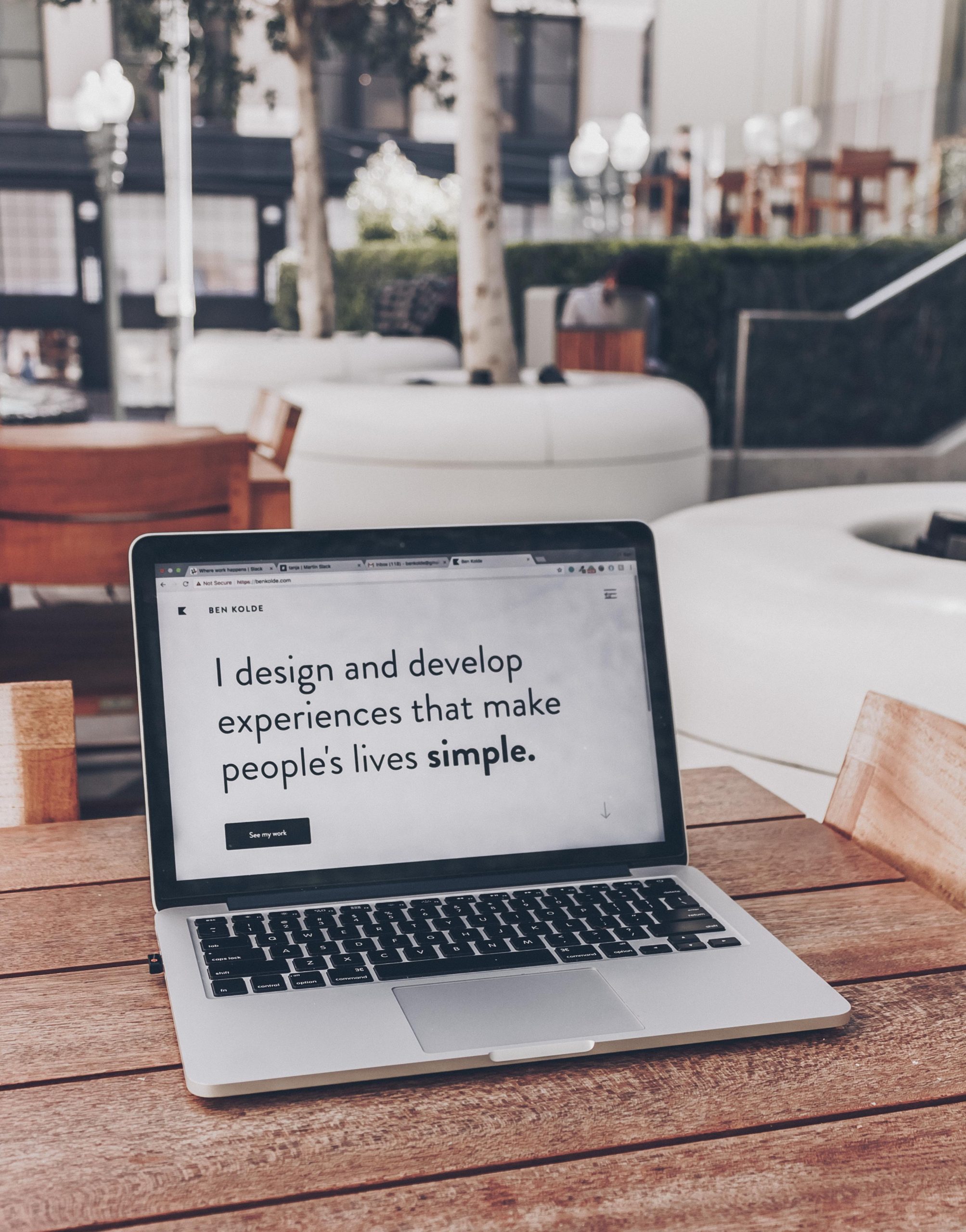User experience has been a major topic in technology.
User experience design is a field in the technology market that has been highly valued in recent years. Its function is to ensure that everyone has a pleasant and intuitive navigation when using applications, products, and services, while meeting business expectations.
In the pursuit of digitalizing and innovating business processes, the concern for the quality of the user experience has become central in the development of digital products, increasing research and demand for a specialized area in this topic: the UX field.
In this context, the role of the experience designer emerges, conducting research involving the audience, the market, other platforms, functionalities, and even the visual aspects from a critical point of view, always seeking to identify improvement opportunities.
Using beautiful screens and attractive graphic elements as a solution for aesthetic objectives is undoubtedly one of the expected skills of most professionals in the design field, but in this case, the emphasis and value lie in something even more intrinsic: understanding the pains and desires of customers, the business, and the technological limitations involved in creating an application, functionality, website, or platform.
Therefore, given these characteristics, we can say that in addition to visual skills, UX Design is also about:
Understanding users
If the product or service is part of the technology universe, we will have users, and deeply understanding their needs, behaviors, motivations, and desires requires empathy to connect with people, in addition to knowledge and analysis.
Adding or removing a feature from an application, a seemingly simple decision, can have consequences that significantly impact a business and the lives of people who use the application daily. That’s why even small decisions require a rich understanding of who the users are.
Analyzing Feasibility
It is not uncommon for ideas to arise that become solutions for the wrong problems. Among the many pitfalls that can occur in creating application projects, being ineffective in diagnosing these problems is one of the mistakes that lead to wasted investments in a faulty product. A client may report a symptom, justify it as a consequence of many other problems in their journey, and that information may lead to the construction of a functionality that ultimately only addresses the symptom and does not transform the structure that contributes to a poor experience in other touchpoints.
Here, one of the first stages of our methodology is precisely to understand not only usability challenges but also to comprehend the business ecosystem so that the entire investment is viable and profitable.
Responsible and goal-oriented Design
When we are in the role of customers and seek an application to resolve a specific situation, any suggestions and buttons that distract us from those objectives can be stressful. Part of creating journeys is understanding for whom and what the motivations are for each interaction during navigation. It is important to eliminate anything unnecessary to find a resource. The question, “Does this functionality help solve the specific user’s problem?” should be constant.
Knowing how to prioritize the right interactions is essential so that investments are not wasted and the audience continues to use the application, and the only way to mitigate this risk is through research and a deep understanding of the business and its context.
Interactivity
Unlike a graphic art created for visual communication, when we use an app, we are constantly interacting with its content. For example, we need to have a visual response when we tap on a specific button, when a field has not been filled out, or when an error occurs.
The way information is presented, organized, and includes actions in its journey constitutes a fundamental aspect of experience design, being one of the features that contribute the most to people continuing to use an application.





